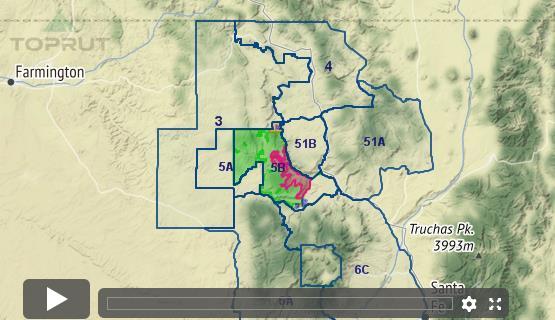9 4 Odds Calculator
In statistics, odds, log odds and expected proportion are three different ways of expressing probabilities, which are related to each other. You can find out the value of one of these by knowing the value of any two. Here is the free online Log odds and odds calculator for calculation of log odds, odds or expected proportion for any two given values. From the drop-down select the one you wish to calculate. You could see the result when you enter the values for other two.

Long Odds: This is an underdog bet, but if you win you’ll receive many multiples of your stake back. A horse priced at 50/1 is long odds. Short Odds: This is a high chance to win, but you will only make a small profit. A 6/4 odd is short odds. Carryover: The money from a pari-mutuel pool if nobody selects the right winners. The money left in. Instructions: Enter hole cards and 0, 3, 4, or 5 community cards to see the odds. of winning pre-flop, after the flop, turn, or river (respectively). Odds are calculated via randomized simulation assuming no one ever folds. To calculate winnings on fractional odds, multiply your bet by the top number (numerator), then divide the result by the bottom (denominator). So a $10 bet at 5/2 odds is (10. 5) / 2, which equals $25. A $10 bet at 2/5 odds is (10. 2) / 5, which is $4. Making a bet can be confusing. Follow these simple steps to figure out how much to bet. Select a bet amount in the left column. Select a bet type in the right column. Select the horses to include in the wager. The total cost of the ticket will appear next to the words Ticket Cost.
The odds in the bet multiply for every additional leg you add to the multibet. There has to be a minimum of two legs in your bet to be classified as a multibet. The maximum number of legs in a multi is dependent on the bookmaker you are placing the bet with. A multibet requires all legs to win to be successful.
In statistics, odds, log odds and expected proportion are three different ways of expressing probabilities, which are related to each other. You can find out the value of one of these by knowing the value of any two. Here is the free online Log odds and odds calculator for calculation of log odds, odds or expected proportion for any two given values. From the drop-down select the one you wish to calculate. You could see the result when you enter the values for other two.
Formula:
When Observed Proportion is Given o = p / (1 - p)l = log (p / (1 - p))When Odds is Given p = o / (1 + o)l = log(o)When Log Odds is Given o = Exp (l)p = o / (1 - o)Where,o = Oddsl = Log Oddsp = Observed ProportionMake use of the above online log odds and odds calculator to do the calculations within the fractions of seconds. All the results computed and given by this user-friendly tool are the reliable and accurate ones.
Related Calculators:
What Are 9 To 4 Odds
Top Calculators
Popular Calculators

Top Categories

9/4 Odds Calculator
Please provide numbers separated by a comma to calculate the average of the numbers.
What is an average?
The term average has a number of different meanings. Most generally, it is a single number that is used to represent a collection of numbers. In the context of mathematics, 'average' refers to the mean, specifically, the arithmetic mean. It is a relatively simple statistical concept that is widely used in many areas.
The equation below is one of the more commonly understood definitions of the average:
| Average = |
|
where the sum is the result of adding all of the given numbers, and the count is the number of values being added. For example, given the 5 numbers, 2, 7, 19, 24, and 25, the average can be calculated as such:
| Average = |
| ||
| = |
| ||
| = | 15.4 |